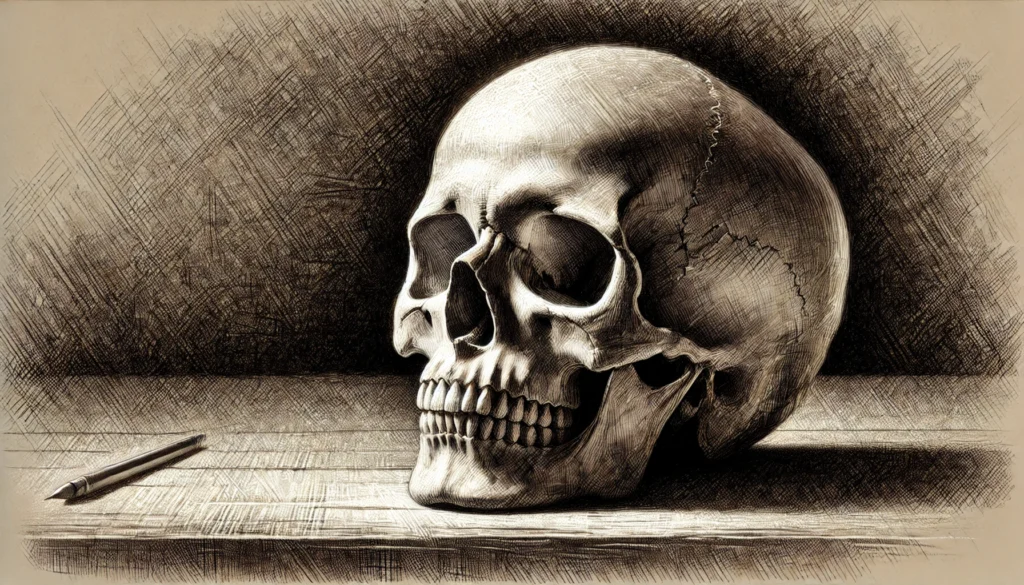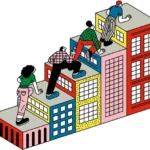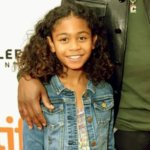Drawing the “Drawing:oldj_7nsvxk= Skull” skull is not just an artistic endeavor; it is a profound exploration of anatomy, symbolism, and personal expression. This drawing has captivated artists and audiences alike, serving as a bridge between the technical skills of drawing and the deeper philosophical implications of human existence. By understanding how to depict this skull accurately, artists can convey complex themes related to mortality, identity, and the human condition.
Table of Contents
The drawing process allows artists to reflect on the fragility of life while honing their skills. The “Drawing:oldj_7nsvxk= Skull” skull drawing offers insights into both the mechanics of art and the emotional weight of the subject matter. By engaging with this drawing, artists are encouraged to explore their personal interpretations, making each piece unique and resonant with their own experiences.
Understanding Skull Anatomy for Drawing
To effectively create a lifelike representation of the “Drawing:oldj_7nsvxk= Skull” skull, understanding its anatomy is crucial. The human skull is a complex structure composed of several bones fused together to form a protective casing for the brain. It consists of two main parts: the cranium, which houses the brain, and the facial bones that shape our features. Key components include the cranium, eye sockets (orbits), nasal cavity, zygomatic bones (cheekbones), and the mandible (jaw). By familiarizing yourself with these components, you can enhance the accuracy and realism of your drawings.
Understanding skull anatomy not only aids in the technical aspects of drawing but also enriches the emotional depth of the artwork. The Drawing:oldj_7nsvxk= Skull various parts serve specific functions, such as providing facial support and housing sensory organs. For example, the eye sockets are essential for vision, while the nasal cavity plays a key role in our sense of smell. Grasping these functions can inspire artists to capture the essence of the skull in a way that resonates with viewers, turning a simple drawing into a compelling narrative about human life and existence.
Essential Materials for Drawing:oldj_7nsvxk= Skull
Having the right materials is vital for creating a detailed and expressive “Drawing:oldj_7nsvxk= Skull” skull drawing. Artists typically require a range of pencils, from hard (2H) for fine lines to soft (4B or 6B) for shading and texture. A good quality eraser, especially a kneaded eraser, is useful for making subtle corrections and highlights. The choice of paper also matters; smooth, fine art paper is ideal as it can handle both erasing and blending effectively.
Drawing:oldj_7nsvxk= Skull In addition to basic drawing tools, blending tools like tortillons or even your fingers can help create smooth transitions between light and shadow. Reference images are equally essential; they provide detailed views of skulls from different angles, allowing artists to observe and replicate intricate details accurately. This combination of materials equips artists to tackle the complexities of drawing skulls, enabling them to produce pieces that are both technically proficient and artistically engaging.
Step-by-Step Guide to Drawing= Skull
Creating a stunning “Drawing:oldj_7nsvxk= Skull” involves a systematic approach that starts with basic shapes. Begin by sketching an oval for the cranium, which is the main body of the skull. Then, add a smaller shape for the jaw (mandible) and use guidelines to divide the skull for accurate placement of features like the eye sockets and nasal cavity. This foundational step ensures the proportions are correct before diving into details.
Drawing:oldj_7nsvxk= Skull Once the basic structure is in place, refine the outline by adding details such as the cheekbones, eye sockets, and teeth. Take your time to observe the nuances in the skull’s shape and texture. Shading is where the drawing truly comes to life. Identify your light source and shade accordingly, focusing on areas where shadows naturally fall, such as under the cheekbones and within the eye sockets. This layered approach not only enhances realism but also imbues the drawing with depth and character.
The Symbolism of the Skull in Art
The skull has long been a powerful symbol in art, representing various themes such as mortality, identity, and the cycle of life. In the context of the “Drawing:oldj_7nsvxk= Skull” it serves as a reminder of human fragility and the transient nature of existence. Historically, skulls have been used in vanitas paintings to prompt viewers to reflect on the inevitable passage of time and the importance of living a meaningful life.
Drawing:oldj_7nsvxk= Skull In contemporary art, the symbolism of skulls continues to evolve. Artists often explore themes of death and identity, using skull imagery to provoke thoughts about the human experience. The “Drawing:oldj_7nsvxk= Skull” can be seen as a conversation starter about deeper existential questions, inviting viewers to engage in self-reflection. This duality of the skull—both a literal object and a metaphorical representation—adds layers of meaning to any artwork, making it a timeless subject for exploration.
Conclusion
Drawing the “Drawing:oldj_7nsvxk= Skull” is more than just a technical exercise; it is an opportunity for artistic expression and introspection. By mastering the techniques and understanding the symbolism behind the skull, artists can create works that resonate on multiple levels. This drawing serves as a reminder of the complexities of human existence, encouraging both the artist and the viewer to reflect on their relationship with life and death.
As you embark on your journey of creating skull drawings, remember that practice is key. Each stroke brings you closer to not only improving your technical skills but also developing a deeper appreciation for the art form. So, grab your materials, study the anatomy, and let your creativity flow as you delve into the fascinating world of skull drawing.
FAQs About Drawing= Skull
What materials are best for beginners?
For beginners, a basic set of pencils (2H, HB, 4B), a kneaded eraser, and smooth sketch paper are ideal. These tools will help you explore various techniques without overwhelming you.
How can I improve my skull drawing skills?
Regular practice is essential. Study skull anatomy, use reference images, and experiment with different styles to enhance your skills. Don’t hesitate to seek feedback from peers or online communities.
Can digital tools be effective for skull drawings?
Yes! Digital tools offer flexibility and precision. Software like Procreate or Photoshop can help you create detailed skull drawings with ease.
What should I do if I make a mistake while drawing?
Use a kneaded eraser to gently correct mistakes. You can also try to incorporate the mistake into the drawing, as art often embraces imperfections.
Why is understanding skull anatomy important?
Understanding skull anatomy is crucial for achieving accurate proportions and realistic details in your drawings. It enhances both the technical quality and emotional impact of your artwork
Read More wallpaper:td2-hugo4eg= my melody







